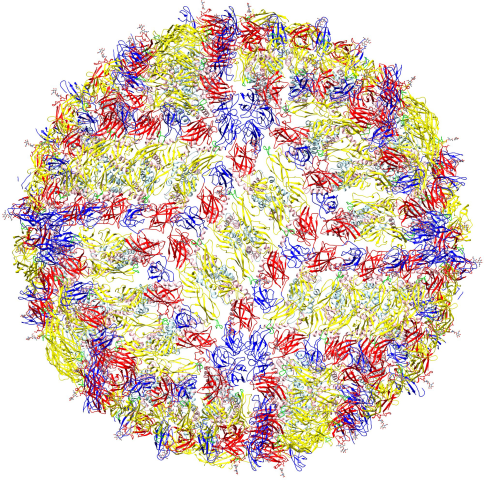What's Zika Look Like? Virus' Structure Determined for the First Time
Researchers from Purdue University announced a major breakthrough Thursday, becoming the first team to determine the structure of the Zika virus.
The groundbreaking discovery reveals insights that are critical to finding an effective antiviral treatment or vaccine for the virus.
The team, which published a paper on their findings in the journal Science, also identified regions within the Zika virus that set it apart from other insect-borne viruses such as dengue, West Nile, and yellow fever.
"The structure of the virus provides a map that shows potential regions of the virus that could be targeted by a therapeutic treatment, used to create an effective vaccine or to improve our ability to diagnose and distinguish Zika infection from that of other related viruses," said researcher Richard Kuhn, head of Purdue's Department of Biological Sciences.
"Determining the structure greatly advances our understanding of Zika — a virus about which little is known," he added. "It illuminates the most promising areas for further testing and research to combat infection."


In many ways the Zika virus has had medical professionals stumped. This new insight is a major push forward in the fight against the virus, which has been transmitted in 33 countries and has been linked to microcephaly in infants as well as other health problems.
The World Health Organization declared the virus an international public health emergency in February, 2016.

No comments:
Post a Comment
Comments here